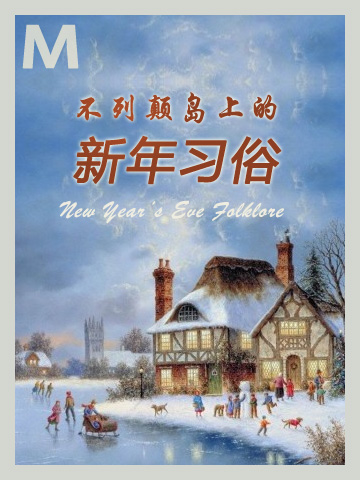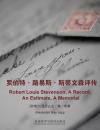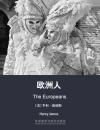对大多数英国人而言,除夕夜或是在家中安静地度过,或是在派对中度过,时间要一直持续到午夜之后,以“迎接新年的到来”。除了全体高唱《友谊地久天长》之外,这类聚会与其他聚会大同小异……唯独不同的特色就是人人互致“新年快乐”和立下自己的“新年决心”的习惯了。尽管如此,英格兰人却普遍认为“新年”其实是地地道道的苏格兰节日。
有关新年送礼的最古老依据来自皇室和贵族成员们交换昂贵礼物的行为,早的可追溯到亨利三世的时代……近的可到伊丽莎白一世时期……较为普通一点的传统礼物有粘着丁香的桔子、镀金的豆蔻、阉鸡(由佃农送给地主)、各种食物,以及用纸包起来的别针。早期的拜访习俗同样多见于苏格兰,但同样明确的是,它们在英格兰北部地区也很常见。例如,成群的小伙子们(后来是儿童)在除夕夜挨家挨户地敲门、唱歌、索要礼物……
For most English people, New Year’s Eve is either spent quietly at home, or at a party, which lasts till after midnight to “see the New Year in”. Such gatherings differ little from other parties, apart from the ubiquitous singing of “Auld Lang Syne”… The only other regular features of the season are the ubiquitous salutations of “Happy New Year” and the tendency to make personal “New Year resolutions”. Nevertheless, there is a general awareness in England that New Year is really the Scottish celebration par excellence.
The oldest references to gift-giving at New Year refer to royalty and nobility exchanging expensive presents, as far back as the time of Henry III… and up to Elizabeth I… More modest traditional gifts were oranges stuck with cloves, gilded nutmegs, capons (from tenant farmers to landlords), various other foodstuffs, and papers of pins. The earlier visiting custom is again mostly reported from Scotland, but again it is clear that it was also common in northern England. It consisted of bands of young men (later children) going from door to door on New Year’s Eve, singing and expecting gifts…
苏格兰和英格兰对圣诞节和新年的重要性持有不同的看法,这一事实是17世纪清教徒革命期间宗教分裂的结果。众所周知,16—17世纪时,新教中的“清教徒”派别席卷欧洲多地,其日益增长的影响力和权势给圣徒日和其他天主教节日带来了越来越多的压力。圣诞节因此逐渐受到贬抑,最终于1645年在英格兰被彻底禁止。从民间层面来说,人们由此开始倾向于将庆祝危险的圣诞节改为庆祝世俗新年的活动。
那么,不列颠群岛上的人们都是怎样庆祝新年的呢?让我们通过本期内容,一起来了解一下异国人民的新年习俗。
- 不列颠岛上的新年习俗
- New Year’s Eve Folklore
- 书评 写书评
- 笔记
-
书评加载中...











20140911140953777272.png)











 京公网安备 11010802032529号
京公网安备 11010802032529号
笔记加载中...